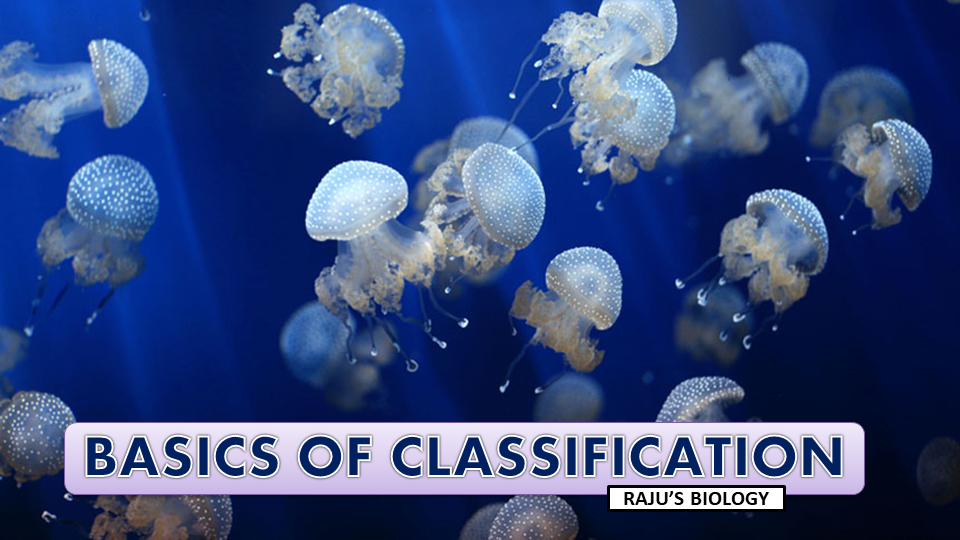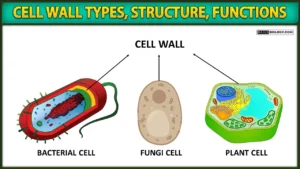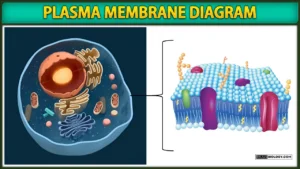Table of Contents
6 Basis of Classification of Animal Kingdom
In this article we will discuss about Basis of Classification of Animal Kingdom:- 1. Levels of organisation 2. Symmetry 3. Germinal Layers 4. Coelom 5. Segmentation and 6. Notochord
1. Levels of organisation
I) Cellular level
- Multicellular
- No coordination among cells
- Tissues absent
- E.g. Porifera
II) Tissue level
- Multicellular
- Coordination among cells
- Cells are arranged into tissues
- E.g. Coelenterates and ctenophores
III) Organ level
- Multicellular
- Coordination between tissues
- Tissues are arranged into organs
- E.g. Platyhelminthes and other higher phyla
IV) Organ system level
- Multicellular
- Coordination between organs
- Organs are associated to organ system
- E.g. Higher animals
2. Symmetry
An object which can be divided into identical halves are called symmetrical. Based on symmetry, animals are 2 types
I) Asymmetrical
- Body Cannot be divided into 2 identical halves
- E.g. Porifera, snails etc.
II) Symmetrical
Body can be divided into 2 identical halves
Symmetry is 2 types:- Radial Symmetry and Bilateral symmetry
a. Radial Symmetry
Animal body can be divided into two equal halves along any plane passing through the central axis. E.g. Cnidarians, Ctenophores etc.
b. Bilateral Symmetry
Body can be divided into identical left and right halves along only one plane. E.g. Annelids, Arthropods, Chordates etc.
3. Germinal Layers
- Layers of tissue formed during embryonic development
- All animals have two or three germ layers during embryonic development
- Germ layers eventually give rise to all of an animal’s tissues and organs
- Based on the number of germ layers, animals are 2 types
- Diploblastic animals
- Triploblastic animals
I) Diploblastic Animals
- Two layers present in developing embryo
- External ectoderm and internal endoderm
- E.g. Porifera and Coelentrates
II) Triploblastic Animals
- Three layers present in developing embryo
- Ectoderm, mesoderm and endoderm
- E.g. Platyhelminthes to Chordates
4. Coelom
- Coelom is a body cavity filled with fluid
- The Coelom is formed during embryo development
- Coelom is lined by mesodermal epithelium cells
- Presence or absence of coelom is one of the criteria for classifying animals
- Coelom provides space for organs to develop
- Coelom is body cavity present between the alimentary canal wall and body wall. The true coelom has a mesodermal origin
I) Acoelomate (Coelom absent)
Space between boday wall & Gut wall is filled with matrix. E.g. Porifera to Platyhelminthes
II) Pseudocoelomate (False Coelom)
The body cavity is not lined by mesoderm. Mesoderm is scattered pouches. E.g. Aschelminthes
III) Coelomate (True Coelom)
Coelom is lined by peritoneal layer and filled with coelomic fluid. E.g. Annelida to Chordata
5. Segmentation
- It is also called Metamerism
- The body is externally and internally divided into repeated segments
- E.g. Annelids & Arthropods
6. Notochord
- Notochord is main criteria for Basis of Classification of Animal Kingdom.
- It is a mesodermally derived supporting rod formed on the dorsal side during embryonic development in some animals
- Animals with notochord are called Cordates and those without notochord are called Non-chordates
For more detailed information about Basis of Classification of Animal Kingdom, visit YouTube Channel.





3 thoughts on “6 Basis of Classification of Animal Kingdom | Free Biology Notes”